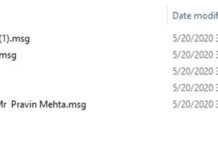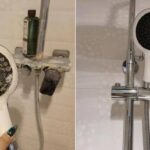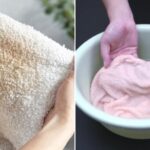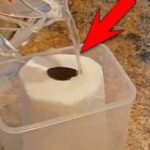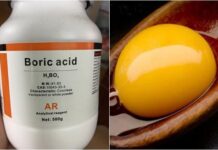Here are some common mistakes people make when using a washing machine:
1. Not removing and airing clothes immediately after washing
It is common for people to leave washed clothes in the machine for some time, even overnight, before airing them. However, this is a mistake as the washed clothes are damp and leaving them in the machine creates a humid environment, promoting the growth of bacteria and mold.
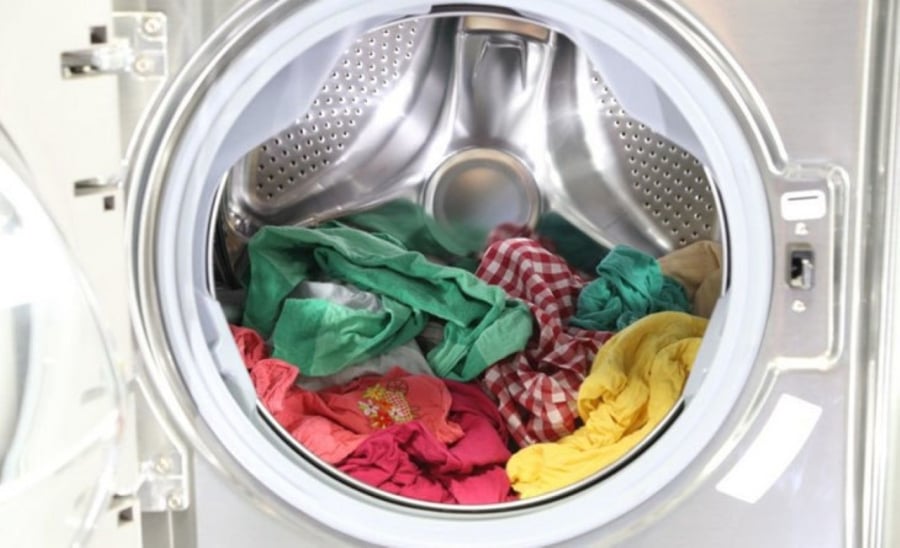
Airing clothes immediately after washing helps keep them crisp and free from bacteria.
Not only will your clothes smell musty, but your washing machine will also develop an unpleasant odor. Therefore, it is best to remove and hang your clothes to dry as soon as the wash cycle is complete.
2. Closing the washing machine door right after taking out the clothes
Experts advise keeping the washing machine door open for 2-3 hours after removing the clothes, especially for front-loading machines. This is because front-loading machines are designed with a seal and rubber gasket to prevent water from spilling out during operation.
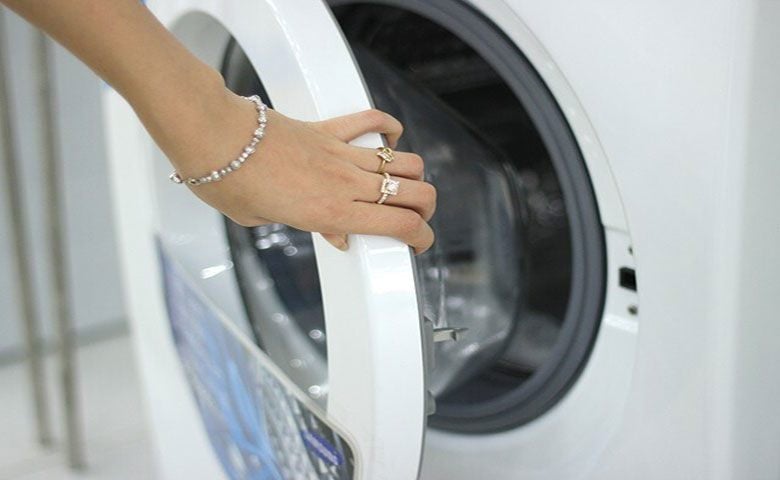
It is recommended to keep the washing machine door open for a while after use.
However, this design can trap moisture and residual humidity inside the machine, creating an ideal environment for bacteria and mold to thrive, making your clothes even dirtier. Additionally, keeping the door open for extended periods can invite dust into the machine and, in the case of front-loading machines, obstruct the doorway and affect the seal between the door and the body of the machine.
3. Washing underwear in the machine
It is likely that 90% of people wash their underwear in the washing machine, but this is a mistake. Studies have shown that an average pair of underwear contains 0.1g of fecal matter and approximately 100 million E. coli bacteria.
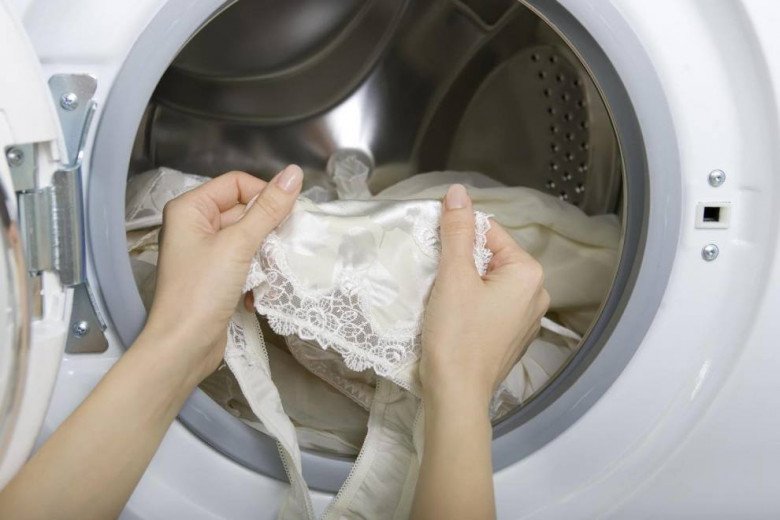
Underwear should be hand-washed and thoroughly rinsed to ensure proper cleaning.
Underwear should be hand-washed and thoroughly rinsed to ensure proper cleaning. If possible, use warm water and avoid washing underwear with other clothes to prevent the spread of bacteria. After washing, dry them in a well-ventilated area exposed to sunlight to disinfect and complete the drying process.
4. Washing bedding with cold water
Bedding, such as sheets, duvet covers, and pillowcases, can easily attract dust mites and develop yellow stains from dead skin cells and sweat.
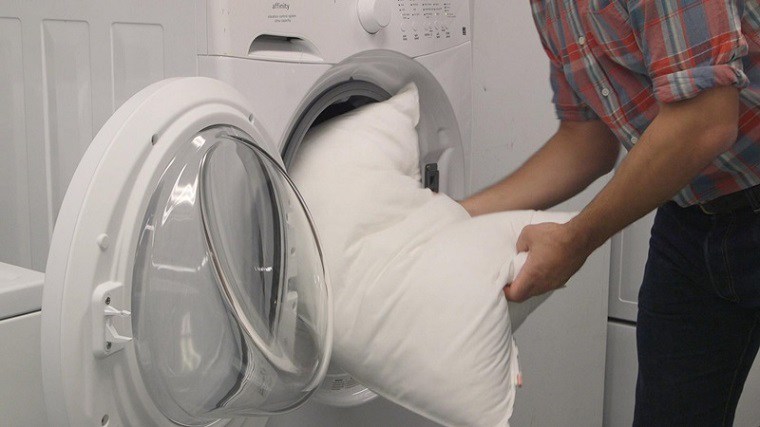
Cold water may not effectively remove yellow stains and kill bacteria.
While washing with cold water saves energy, it may not effectively remove these stains or kill bacteria. It is recommended to use hot water to wash your bedding every two weeks, being careful not to use water that is too hot, as it may damage the fabric.
5. Neglecting to clean the washing machine
There are small gaps and holes between the outer shell and the inner drum of the washing machine to allow water to enter and exit. During the washing process, some dirt and grime can build up on the inner walls of the machine and in the drainage pipes, leading to bacterial growth.
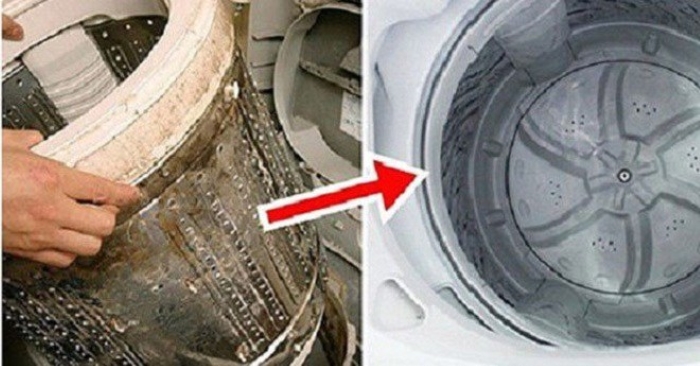
Regular cleaning of the washing machine is necessary to prevent bacterial growth.
Although the machine may appear clean, when you disassemble the drum, you will find that the outer surface is covered in grime and debris. Over time, the grime builds up, and during the wash cycle, bacteria and dirt from the outer drum can be transferred to your clothes, making them dirtier. Therefore, regular cleaning of your washing machine is essential.




















